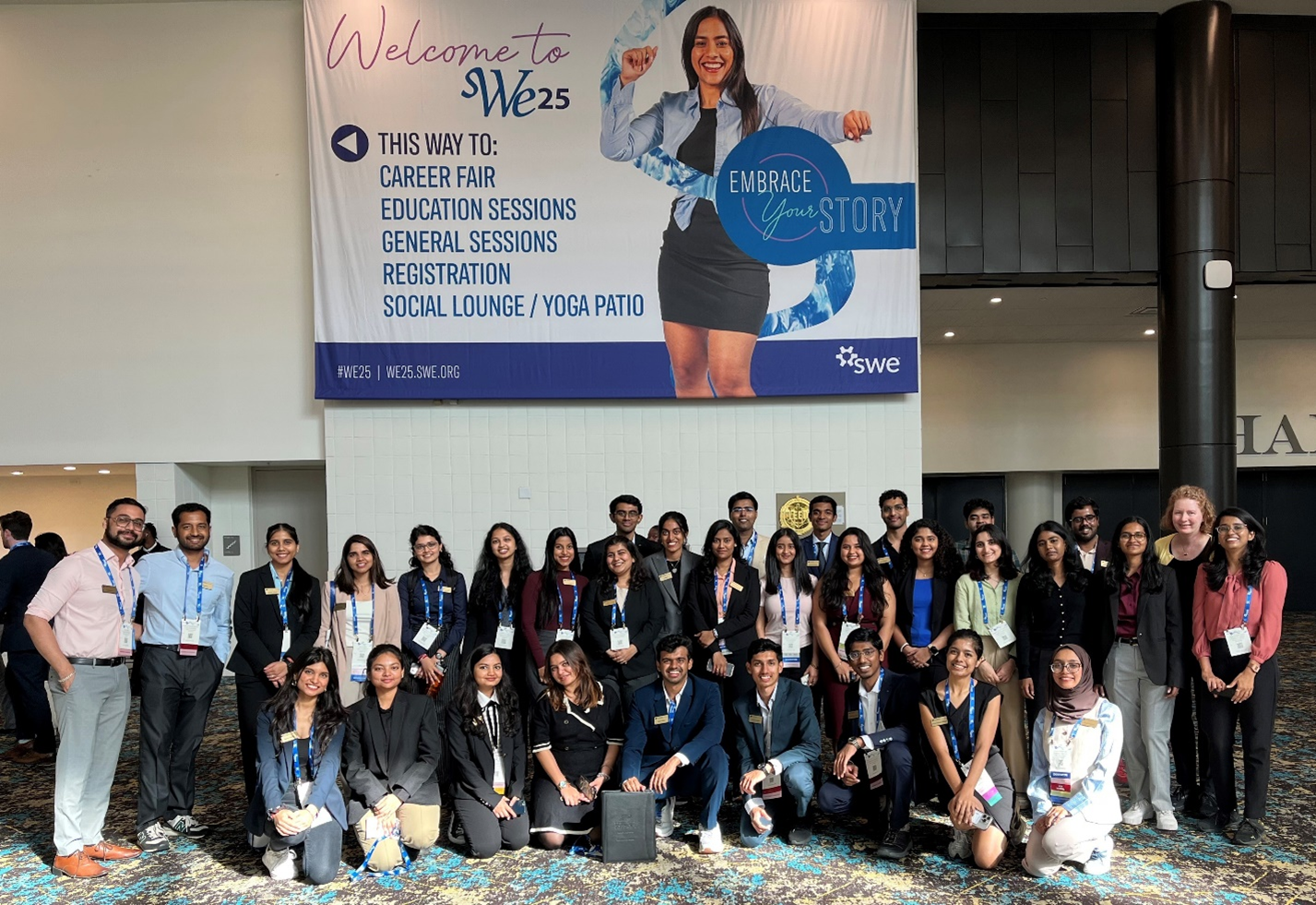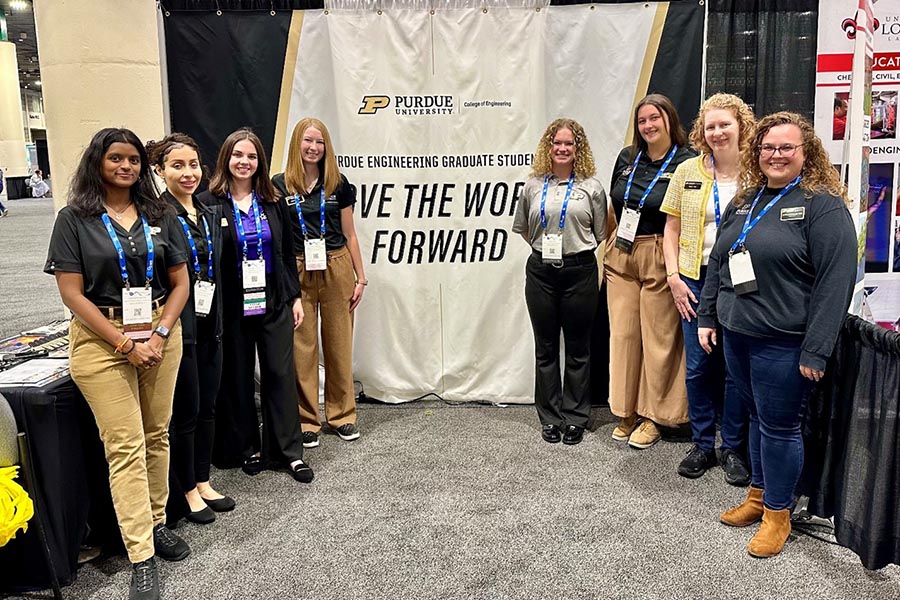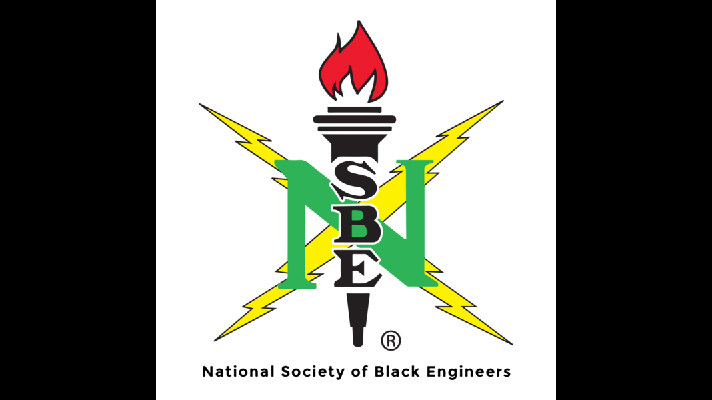Welcome to Graduate Education
Purdue Engineering’s Graduate Program is proud to rank #5 in U.S., and #3 among the nation's top public universities (U.S. News & World Report). Our graduate students choose from hundreds of study areas across 14 different schools and divisions. Options include professional master’s degrees, thesis or non-thesis technical master’s degrees, and research-intensive Ph.D. degrees. Some degrees may even be completed online.
Purdue Engineering graduate students are mentored by the world’s leading scholars and engage with cutting-edge resources found in only a few places worldwide. Outside the classroom, our graduate students benefit from professional development that prepares them for careers in academia, industry, and at national labs. Purdue Engineering also offers technical communication workshops, support for entrepreneurship, and more.
Learn more about our graduate programs and explore resources by browsing our Prospective Graduate Student or Current Graduate Student webpages. If you are interested in faculty, post-doc, and/or staff resources, please explore our Purdue Engineering Faculty & Staff webpage.





